Paraguay, often referred to as the “Heart of South America,” is a landlocked country located in the heart of the continent. Known for its unique history, diverse culture, and stunning natural landscapes, Paraguay offers a captivating blend of indigenous traditions, colonial heritage, and modern development. In this comprehensive exploration, we’ll delve into the essence of Paraguay, covering its geography, history, culture, economy, and current affairs.
Geography:
Paraguay is bordered by Argentina to the south and southwest, Brazil to the east and northeast, and Bolivia to the northwest. It is the only landlocked country in South America that does not have a coastline on the Atlantic Ocean or the Pacific Ocean. Paraguay is divided into two main regions: the Eastern Region (Región Oriental) and the Western Region (Región Occidental), also known as the Chaco.
The Eastern Region, also known as the Paraná region, is home to the majority of Paraguay’s population and economic activity. It is characterized by its fertile plains, rolling hills, and lush vegetation, including subtropical forests and savannas. The Paraná River and its tributaries, such as the Paraguay River, flow through this region, providing water for agriculture and transportation.
The Western Region, or Chaco, is a vast semi-arid plain that covers about two-thirds of Paraguay’s territory. It is sparsely populated and largely undeveloped, with dry forests, grasslands, and wetlands. The Chaco is known for its extreme climate, with hot summers, cold winters, and seasonal floods.
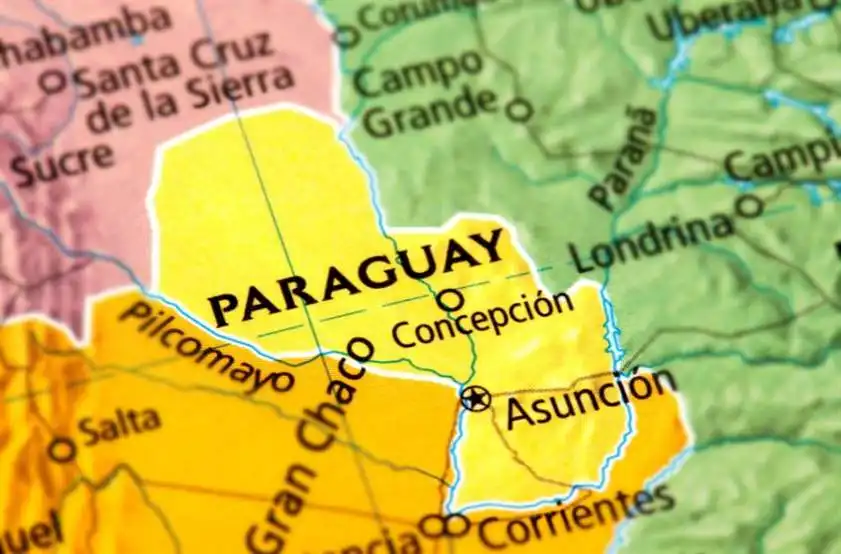
History:
Paraguay’s history is a rich tapestry woven from the threads of indigenous cultures, Spanish colonization, and struggles for independence and identity. The territory of present-day Paraguay was inhabited by indigenous peoples such as the Guarani, who had established thriving societies and cultural traditions long before the arrival of Europeans.
In the 16th century, Spanish conquistadors arrived in Paraguay and began to colonize the region. They established settlements such as Asunción and introduced Christianity, the Spanish language, and European customs and laws. The Spanish also enslaved indigenous peoples and forced them to work on plantations and in mines, leading to a legacy of exploitation and resistance.
In 1811, Paraguay declared its independence from Spain and became a sovereign nation with its own government and constitution. José Gaspar Rodríguez de Francia, known as “El Supremo,” ruled Paraguay as a dictator from 1814 to 1840, implementing authoritarian policies and isolationist measures to protect the country from external threats.
Paraguay’s modern history has been marked by political instability, social upheaval, and struggles for democracy and human rights. The country has experienced periods of dictatorship, military rule, and civil conflict, as well as efforts to address issues such as poverty, corruption, and inequality.
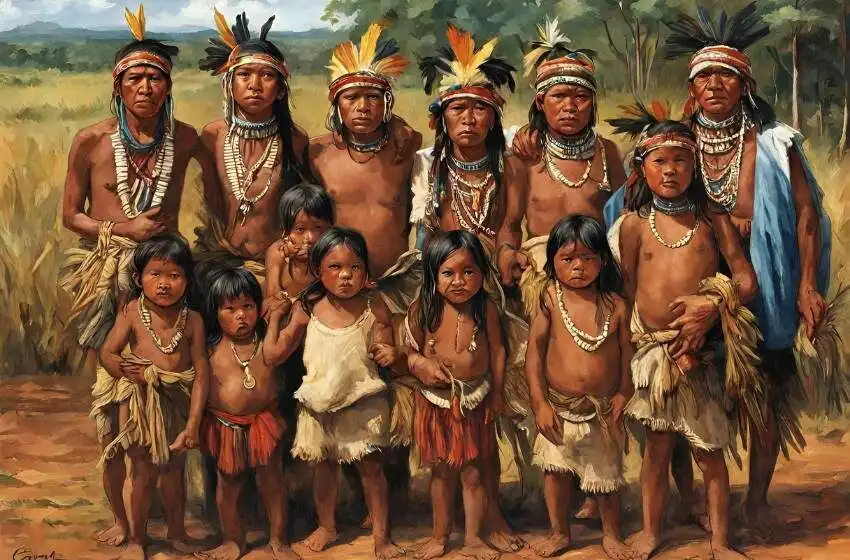
Culture:
Paraguayan culture is a vibrant mosaic of indigenous, European, and mestizo influences, reflected in its music, dance, art, literature, and cuisine. The country’s diverse cultural heritage is celebrated through colorful festivals, traditional rituals, and a strong sense of national identity.
Music is an integral part of Paraguayan culture, with genres such as polca, guarania, and jota enjoying widespread popularity. Traditional instruments such as the harp, guitar, and accordion are commonly used in folk music, while modern styles such as salsa and reggaeton are also popular.
Dance is also a cherished tradition in Paraguay, with styles such as polca, cueca, and danza paraguaya being performed at festivals, celebrations, and social gatherings throughout the country. Traditional dances often incorporate elements of indigenous, European, and African culture, reflecting Paraguay’s multicultural heritage.
Paraguayan cuisine is diverse and flavorful, with dishes such as sopa paraguaya, chipa, and asado showcasing the country’s culinary traditions. Staples such as corn, cassava, and meat are commonly used in Paraguayan cooking, while fruits, vegetables, and spices add variety and depth to the cuisine.
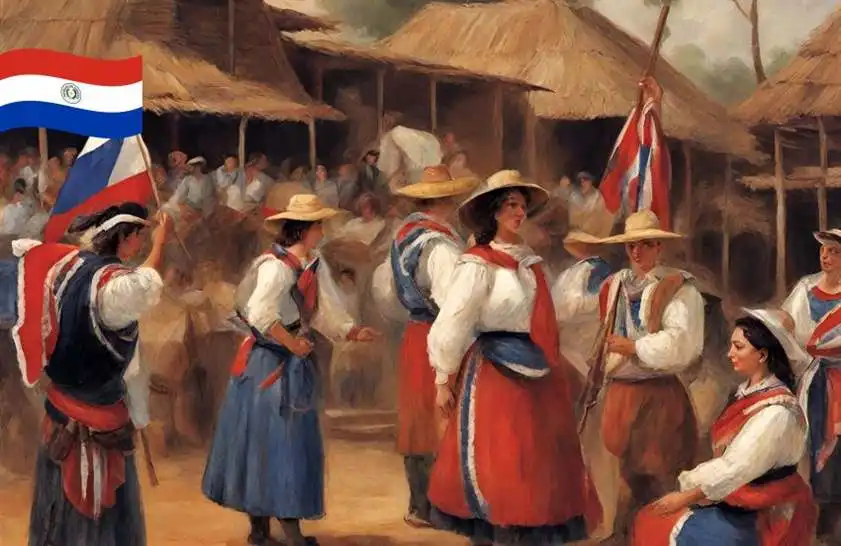
Economy:
Paraguay has a mixed economy with a diverse range of industries, including agriculture, manufacturing, services, and tourism. The country is one of the world’s largest producers of soybeans, as well as a major exporter of beef, cotton, and hydroelectric power.
Agriculture is a significant contributor to Paraguay’s economy, employing a large portion of the population and generating export revenue. The country’s fertile soil, favorable climate, and abundant water resources make it well-suited for a wide variety of crops, including grains, fruits, vegetables, and livestock.
Manufacturing has emerged as a key driver of economic growth in Paraguay, with industries such as textiles, food processing, and electronics playing important roles. The country’s strategic location, access to international markets, and favorable trade agreements have attracted foreign investment and facilitated economic development.
Tourism is also an important sector of Paraguay’s economy, with the country’s natural beauty, cultural heritage, and historical attractions attracting visitors from around the world. Popular destinations include the Jesuit Missions, the Itaipu Dam, and the Ñeembucú wetlands, which offer a wide range of outdoor activities, cultural experiences, and ecotourism opportunities.
The most striking curiosities that make unique:
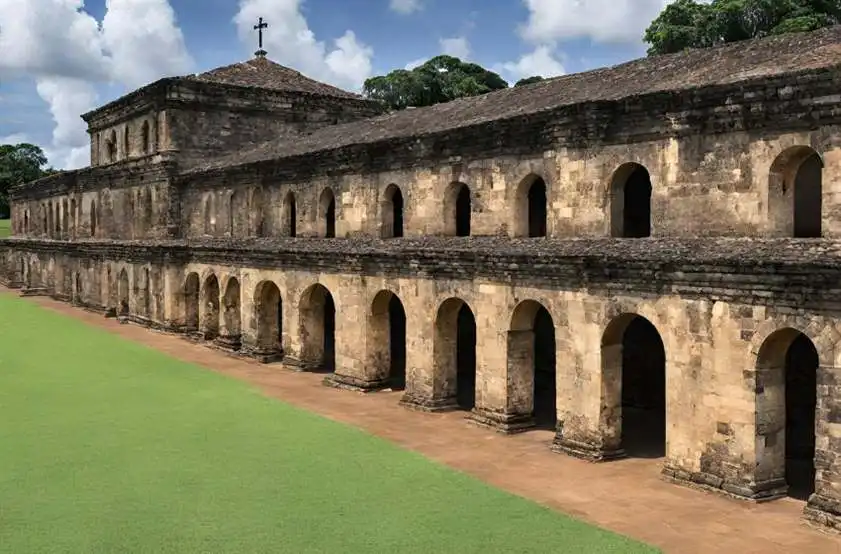
The most touristically renowned places:
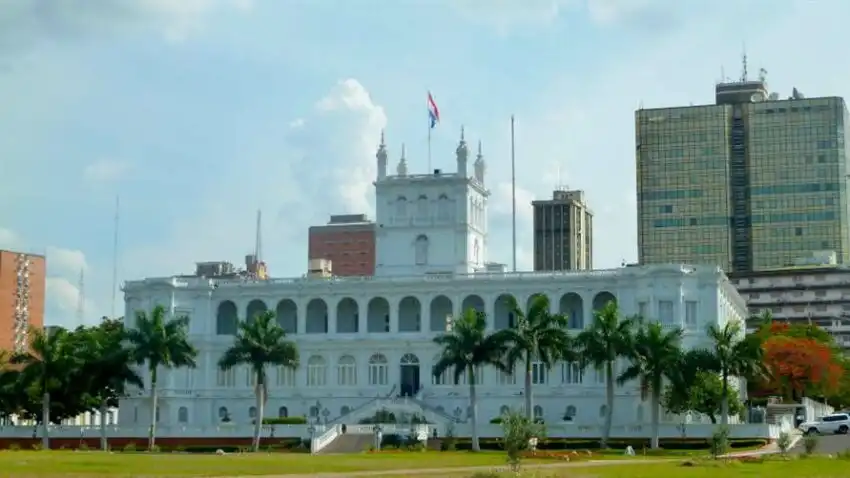
Conclusion:
Paraguay’s story is one of resilience, diversity, and transformation, as the country navigates the challenges and opportunities of the 21st century. Its rich cultural heritage, diverse landscapes, and enterprising people make it a dynamic and captivating place to explore. As Paraguay continues on its journey of growth and development, it faces numerous challenges and uncertainties, from addressing social inequality and environmental sustainability to promoting economic prosperity and democratic governance. Despite the complexities and hardships, Paraguay’s spirit of resilience, creativity, and optimism shines brightly, inspiring both its citizens and the world at large.


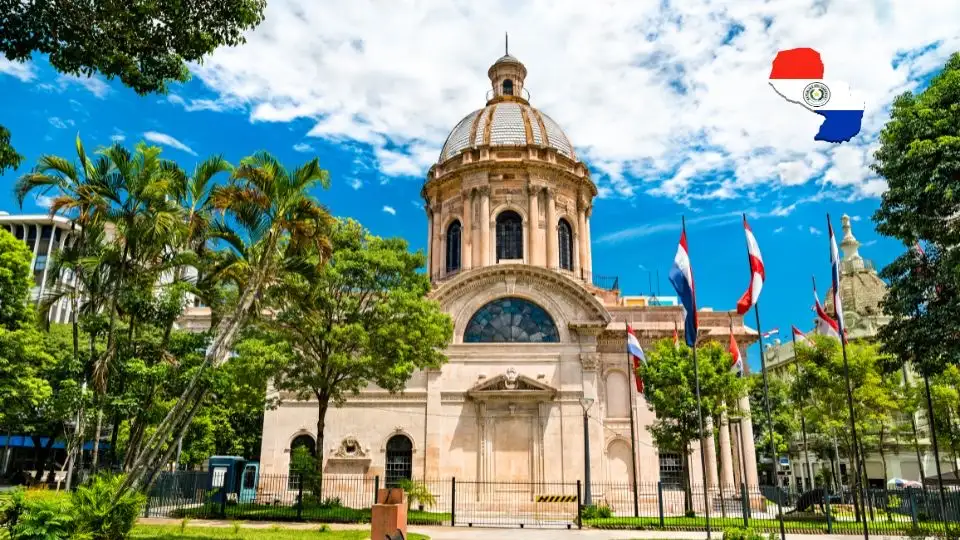
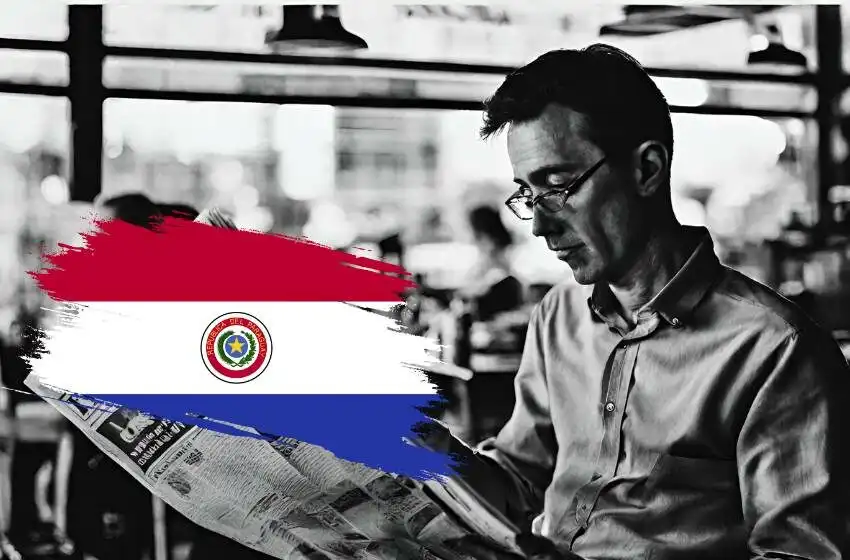
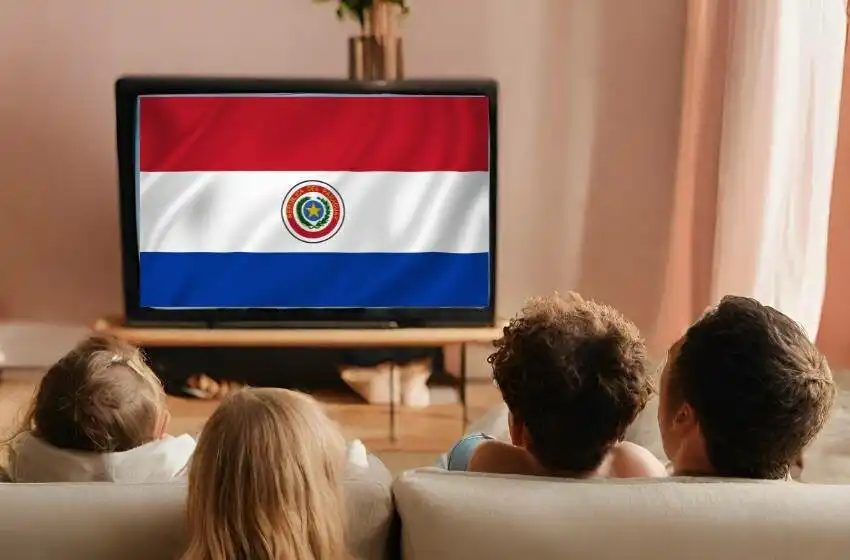
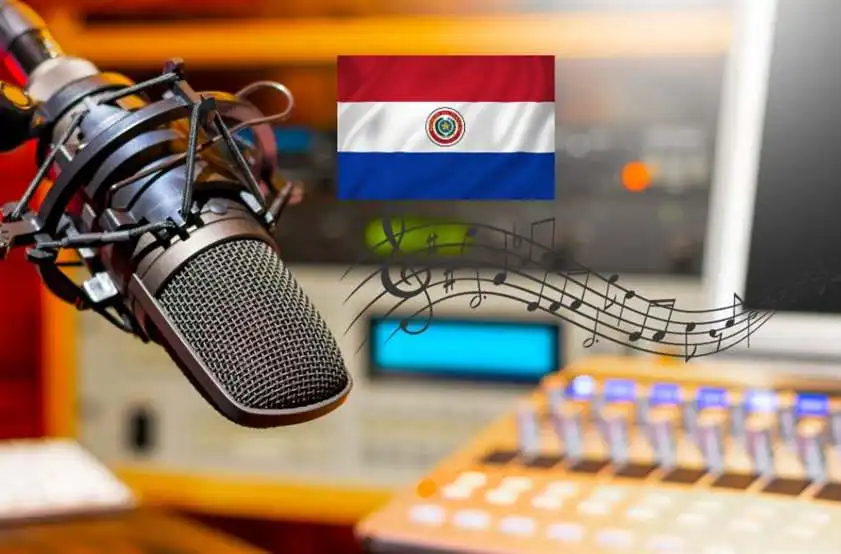
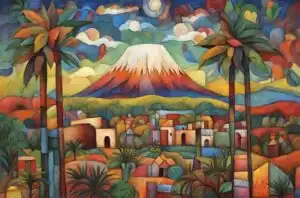
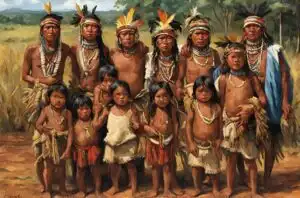

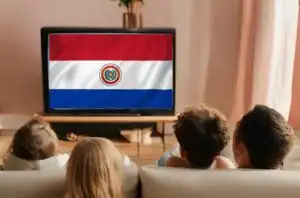
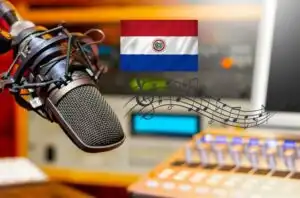
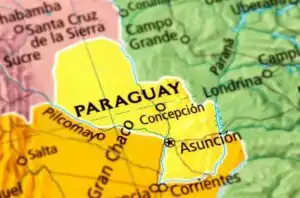
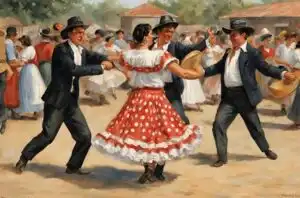
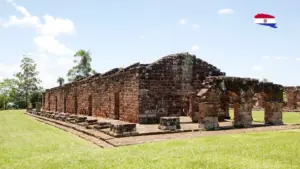
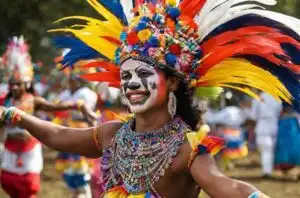
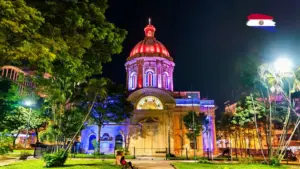
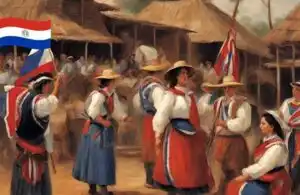
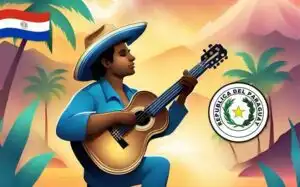

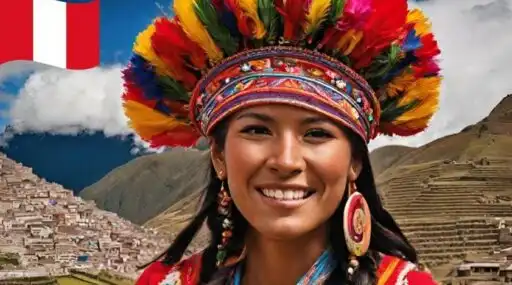


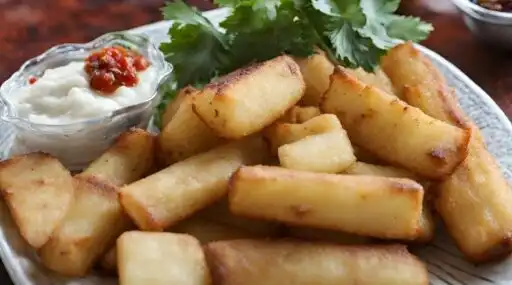
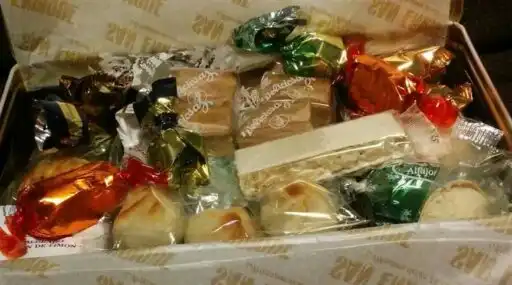
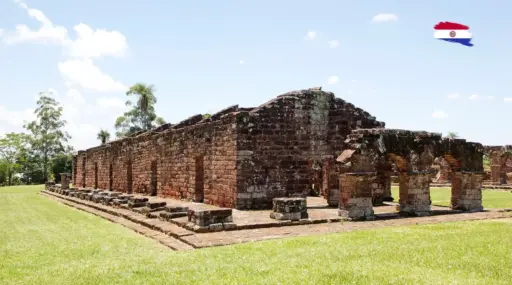

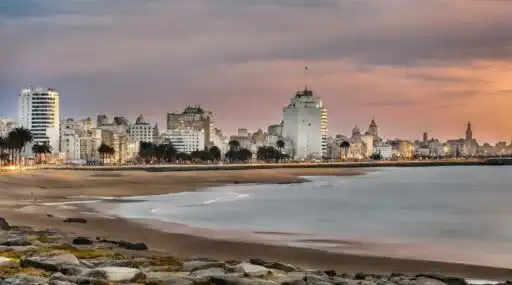


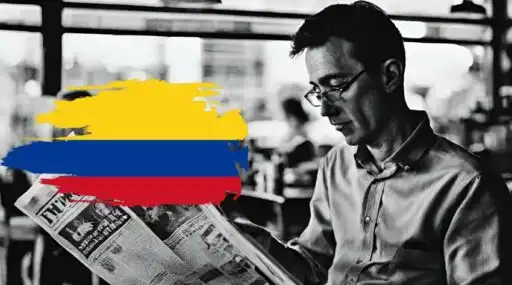


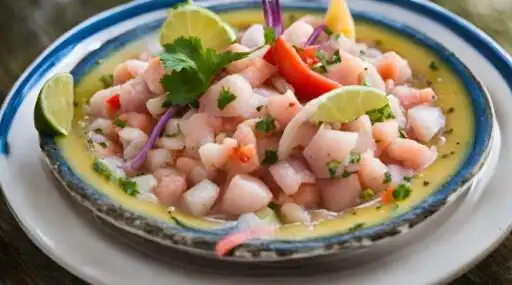
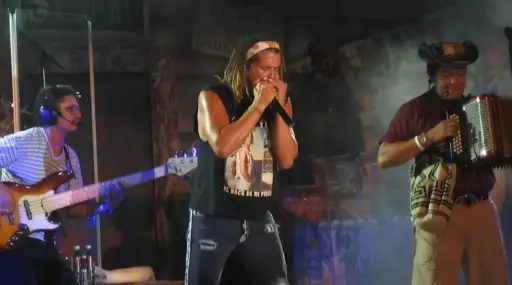
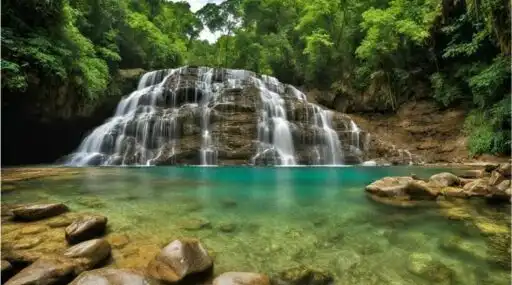

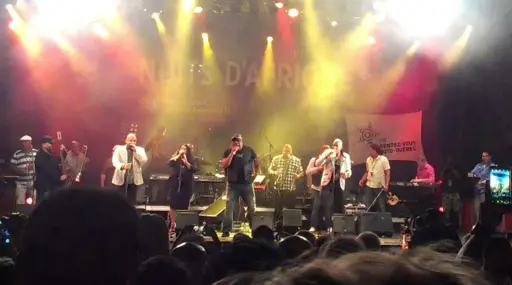



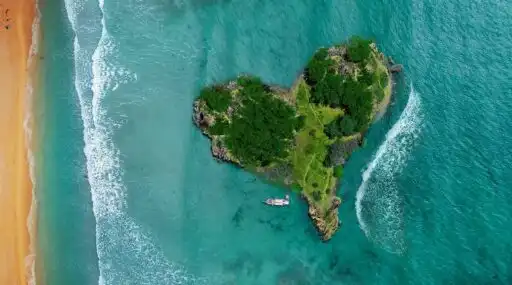

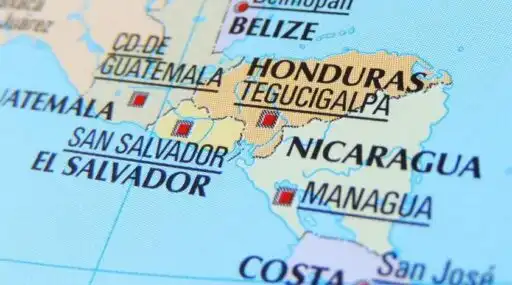


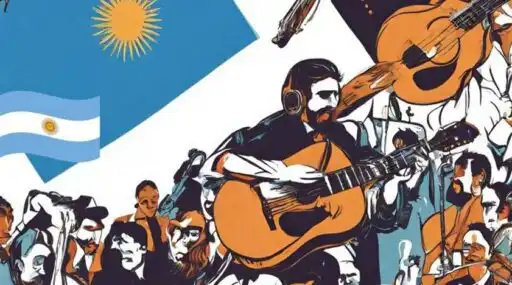
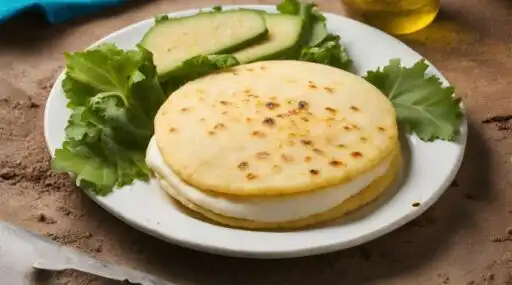
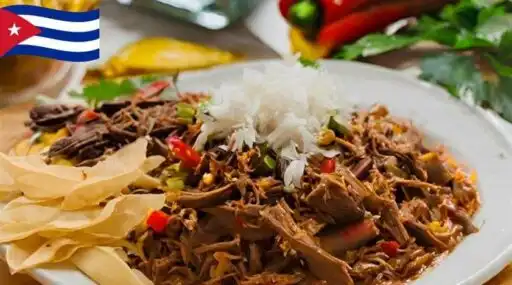
Leave a Reply